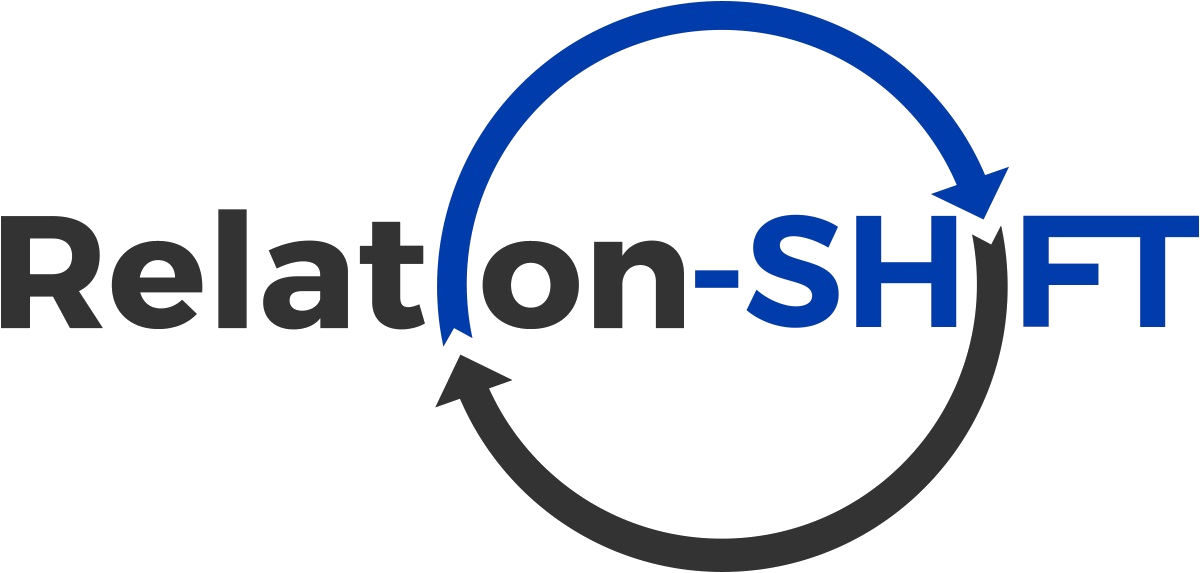The Problem
1 in 3 teenage girls in the US is a victim of physical, emotional or verbal abuse from a dating partner.[1]
Nearly half of students in grades 7-12 reported experiencing sexual harassment in the previous year and 87% describe negative effects such as absenteeism and poor sleep.[2]
Among high school students nationwide, 11.8% of females and 4.5% of males have been forced to have sexual intercourse when they did not want to.[3]
Middle and High-School aged youth (12- 19 year-olds) experience the highest rates of rape and sexual assault.[4] However, there are few resources available to support them and address their needs.
The Impact of Sexual Harassment on Education
More than bullying, sexual harassment:
- Erodes school engagement
- Alienates students from their teachers
- Breaks down relationships among students
- Negatively affects academic achievement[5]
However, it is less likely to be addressed by educators and administrators.
“Sexual harassment, bullying and assault are widespread, however, most adults and youth lack the knowledge and resources to prevent, respond to and resolve them.”
”
Current Issues Facing Tweens and Teens
Today, tweens and teens are in greater need of adult support, guidance and intervention.
They face issues related to:
- Media use and Technology
- Cyberbullying, “Slut-Shaming”, and “Revenge Porn”
- A feeling that it is “Picture Day, Every Day”-Devornah Heitner
- Relationship violence through devices
- Pressure for nude pictures and other sexual harassment
What Can Be Done
The Role of Adults
Adult educators and parents are often overwhelmed and underprepared to handle these issues, leaving tweens and teens to deal with them on their own. Young people should not be left to handle these issues alone. Educators, parents and community members can equip themselves to effectively support youth and to create healthier and safer school, home and community environments.
The Role of Youth
Due to shifting attitudes and the increase in access to media at much younger ages, there is a greater need to develop efforts to empower youth so that they can gain the tools they need to develop self-knowledge, to build positive identities, and to make healthy relationship choices.
The Need for Relation-Shift
Although they face the highest rates of rape and sexual assault, there are very few services available to middle and high school aged youth and few resources available to the adults in their lives. Relation-Shift works side-by-side with schools and communities to provide customized assessments, trainings, workshops, planning services and technical support designed to address the school and community’s unique needs and to establish healthy identities and behaviors amongst youth and adults.
[1] Futures Without Violence. (2014). The Facts on Tweens and Teens and Dating Violence. Retrieved from: https://www.futureswithoutviolence.org/the-facts-on-tweens-and-teens-and-dating-violence/.
[2] AAUW Educational Foundation. (2011). Crossing the Line: Sexual Harassment at School. Washington, DC: Author.
[3] Ibid.
[4] Truman, J. and Rand, M. (2010). Criminal Victimization, 2009. Washington DC: U.S. Department of Justice Bureau of Justice Statistics.
[5] Fineran, S. and Gruber, J. E. (2009). Youth at work: Adolescent employment and sexual harassment. Child Abuse & Neglect 33(8), 550-559.


